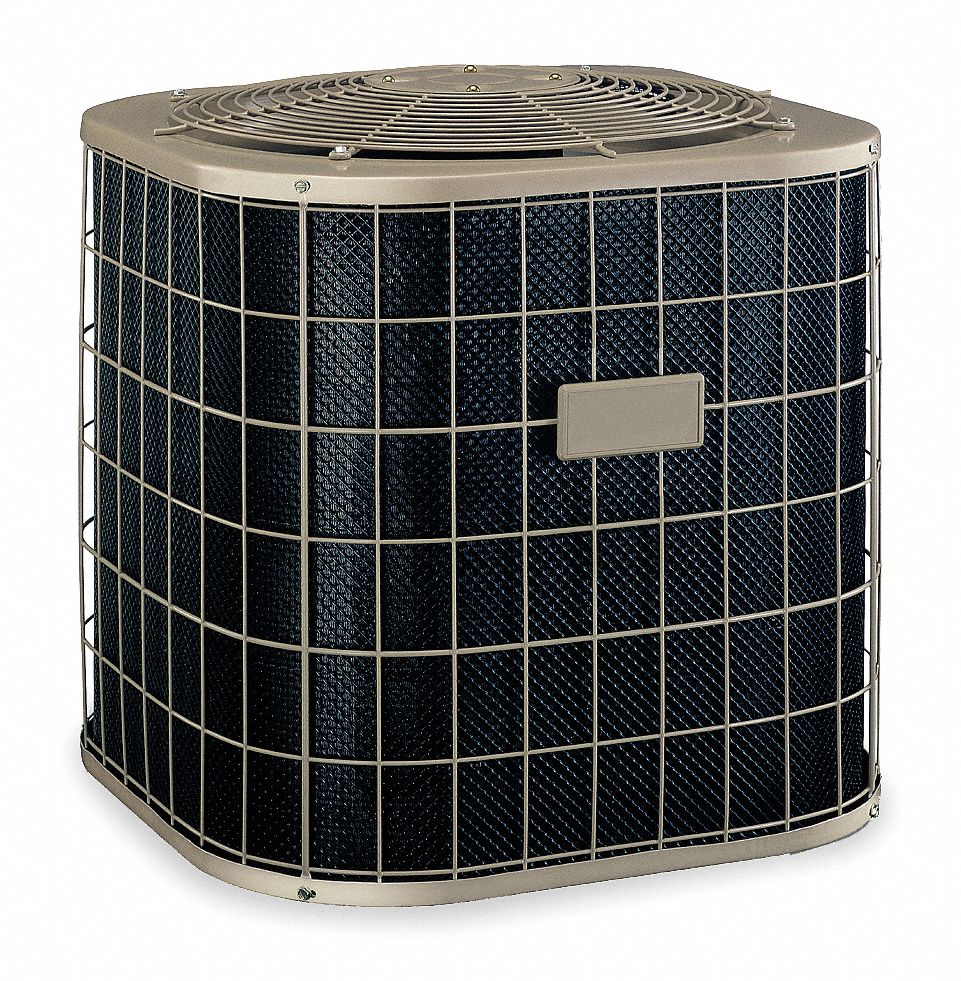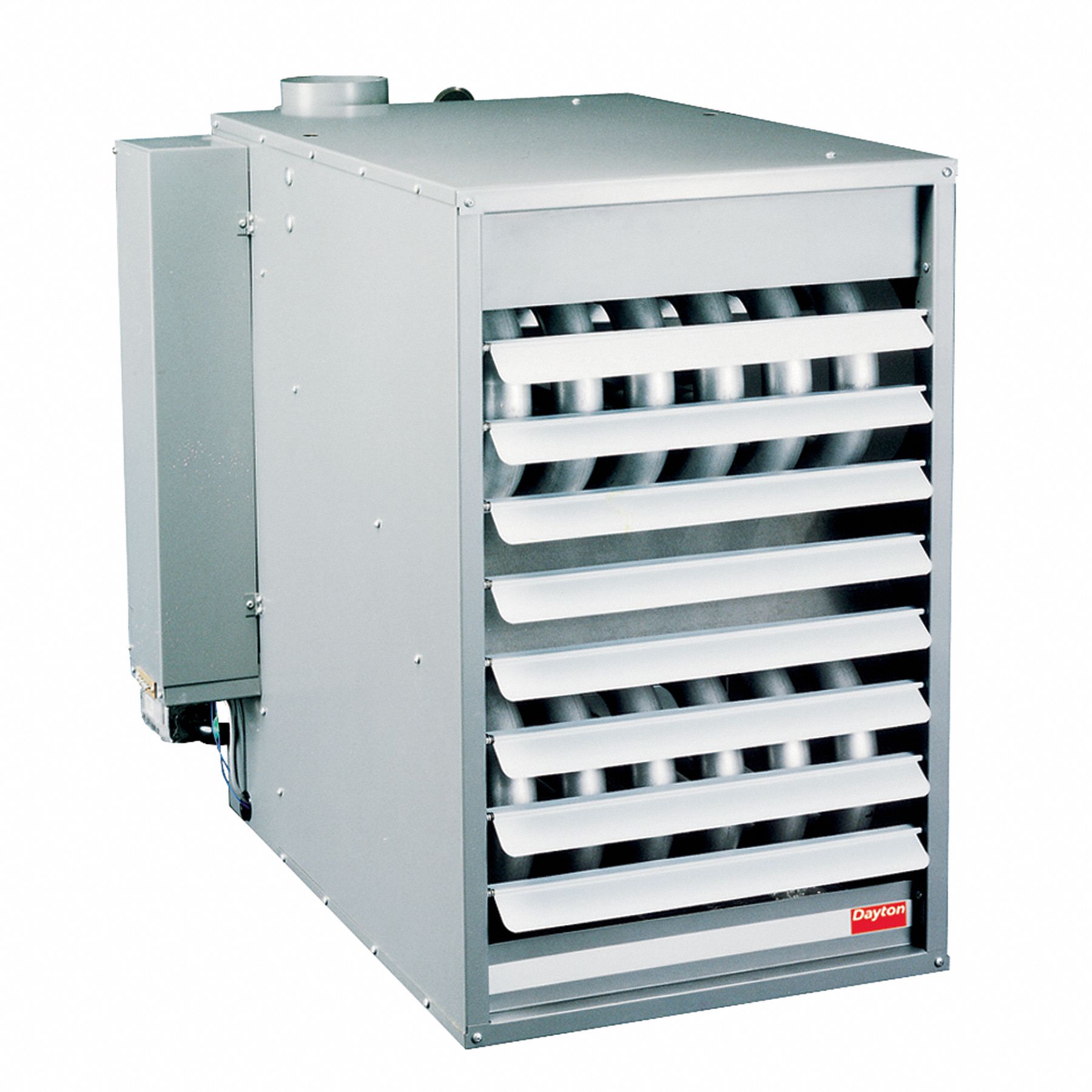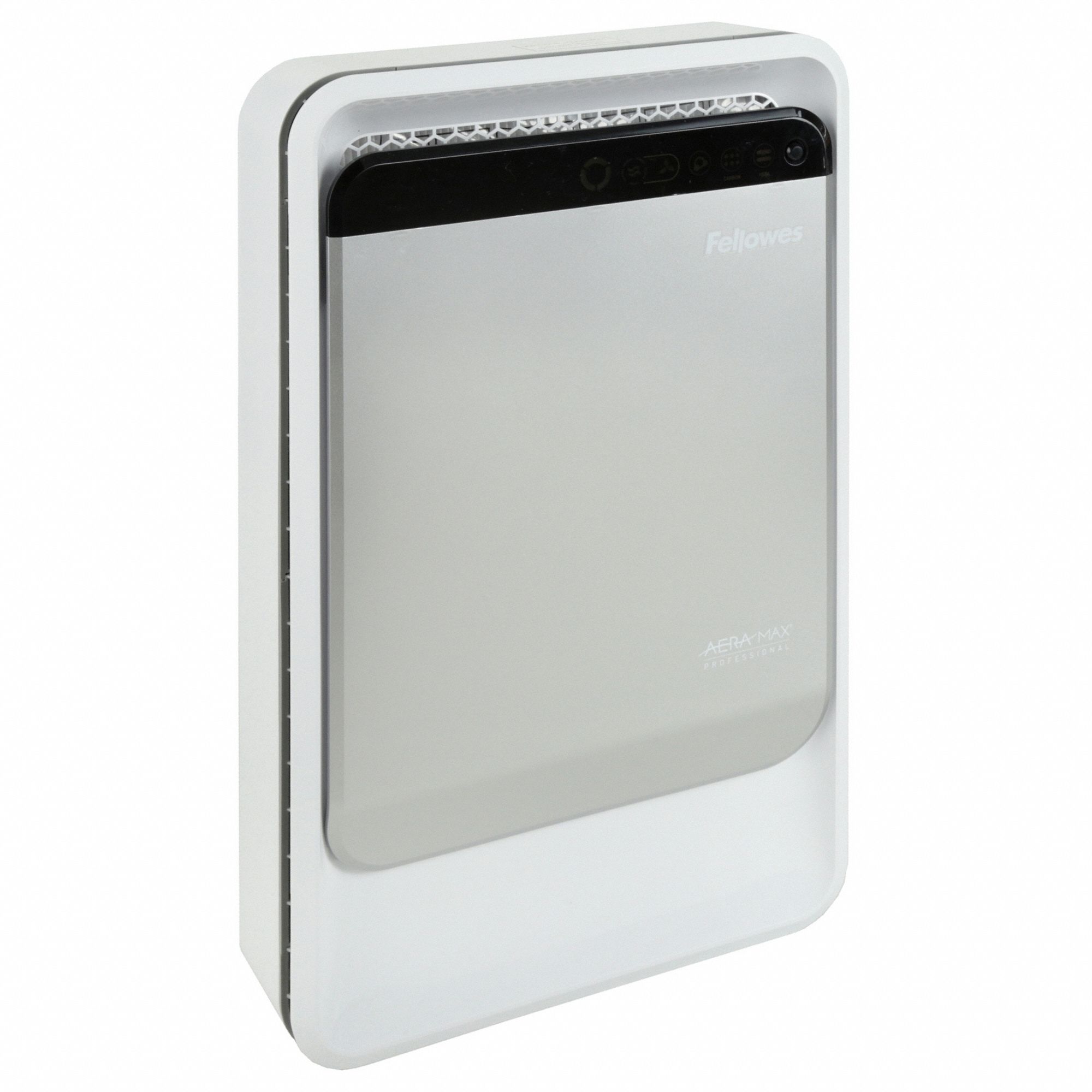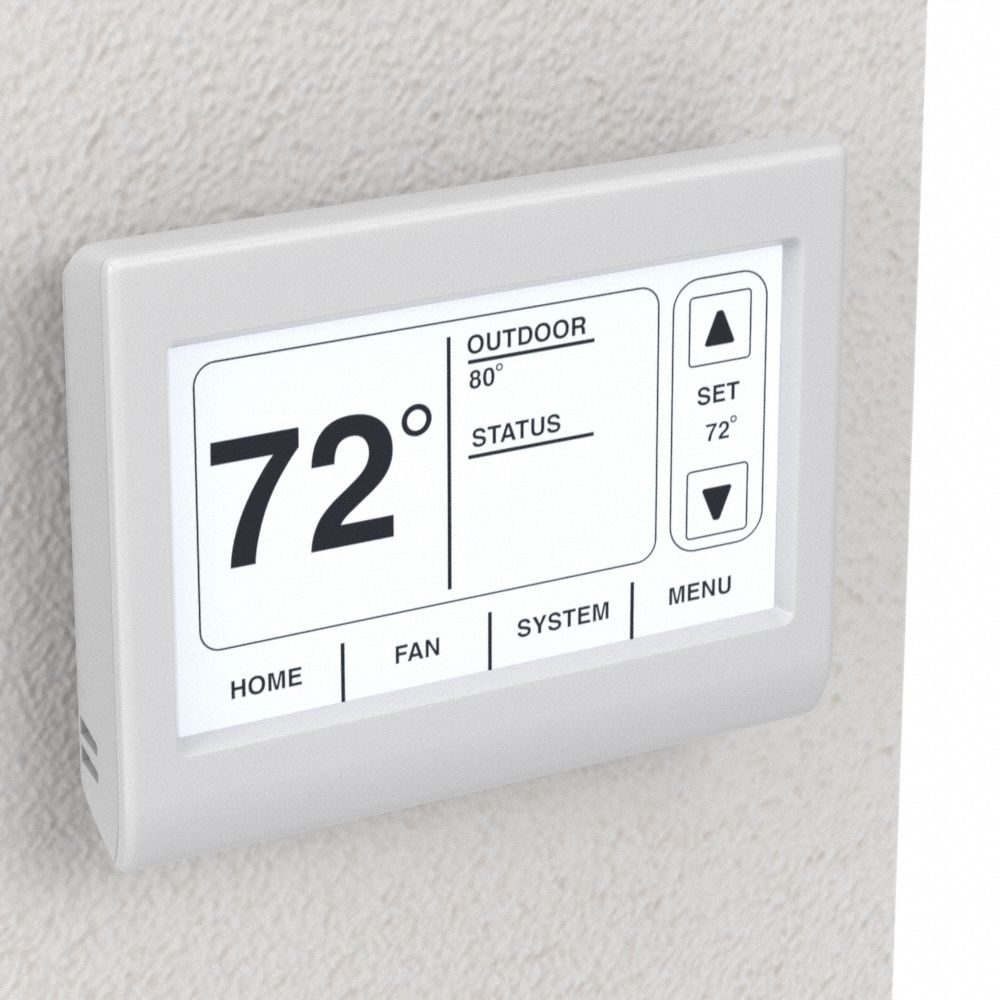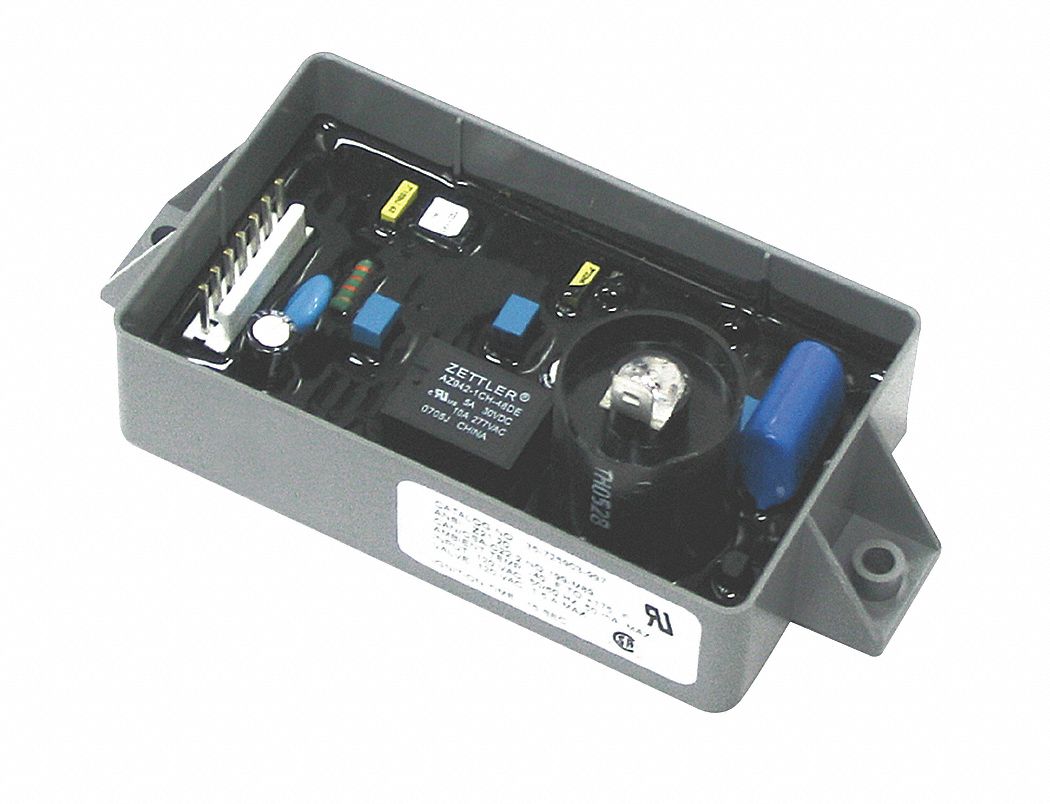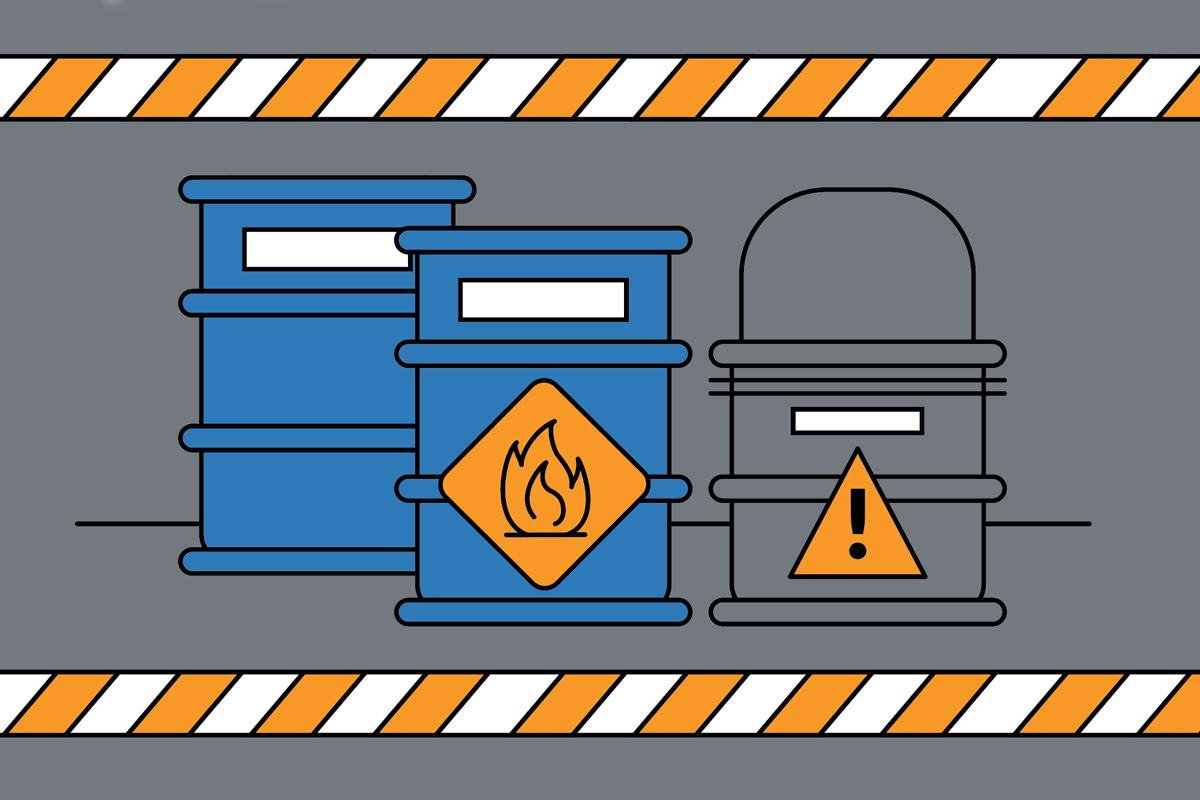

Product Guide: Toxic Gas Leak Safety
By Grainger Editorial Staff 8/21/19


If your facility uses and stores any type of toxic gas, such as welding and fuel gases (acetylene, argon, carbon dioxide, helium, oxygen or propane) or refrigerant gases (anhydrous ammonia), gas leaks may occur and thinking about gas leak safety is important. Generally, specialized equipment is required to help keep your employees safe and your facility operating smoothly. The more protections you have in place to detect and respond to leaks, the higher the chances are for an injury-free incident. With gas monitors, ventilation and protection supplies, your facility can be better prepared to respond to a gas leak.
Mitigation and Planning
Proper ventilation and monitoring technology can allow you to quickly detect problems and address them before they become an issue.
Gas Monitors: Gas leak detection monitors for the types of gas present in your facility help you monitor the air and determine when a leak has occurred. These monitors are sensitive enough to detect small leaks, allowing you to make repairs before a catastrophic leak takes place. Monitors can be either installed or carried, allowing for continuous measurement or portable monitoring.
Ventilation Equipment: The right ventilation equipment can mitigate small leaks and help reduce the impact of larger incidents. Ventilation must account for the amount and type of gas, and provide the right airflow and environmental protections. Ventilation equipment that automatically turns on and has a backup power source is ideal, protecting your facility even if power is lost or employees cannot manually control airflow.
Response and Recovery
If there is a toxic gas leak, your employees immediately need the right personal protective equipment (PPE) on-hand, even if they are evacuating. Those containing the leak also need the proper decontamination and control supplies to get the job done.
Respiratory PPE: Proper respiratory protection for the types of gases present in your facility need to be available to each employee exposed to the leak as required by OSHA 29 CFR 1910.134. Inadequate respiratory protection can lead to illness or death. Ensure that all respirators provided are adequate for the gases present in your facility and keep them near storage and pipeline equipment. The faster that employees and repair crews can find the correct PPE, the safer they will be while addressing the leak. Only qualified, trained employees should respond to gas leaks.
Decontamination Supplies: The materials needed to decontaminate after a gas leak are specific to which gases or chemicals you have on site. Decontamination kits help you clean up specific types of gases and chemicals after a leak, returning equipment and facilities to safe operation. Ensure that the decontamination supplies you keep in stock are appropriate for the gases and chemicals you use and store and keep them near storage areas to reduce time to respond. Keep extra stock on-hand in other storage rooms in case of larger leaks that require more attention.
Check out these solutions to help minimize the impact of hazardous material leaks and ensure you have the products for gas leak safety at your facility.
![]()
The information contained in this article is intended for general information purposes only and is based on information available as of the initial date of publication. No representation is made that the information or references are complete or remain current. This article is not a substitute for review of current applicable government regulations, industry standards, or other standards specific to your business and/or activities and should not be construed as legal advice or opinion. Readers with specific questions should refer to the applicable standards or consult with an attorney.

